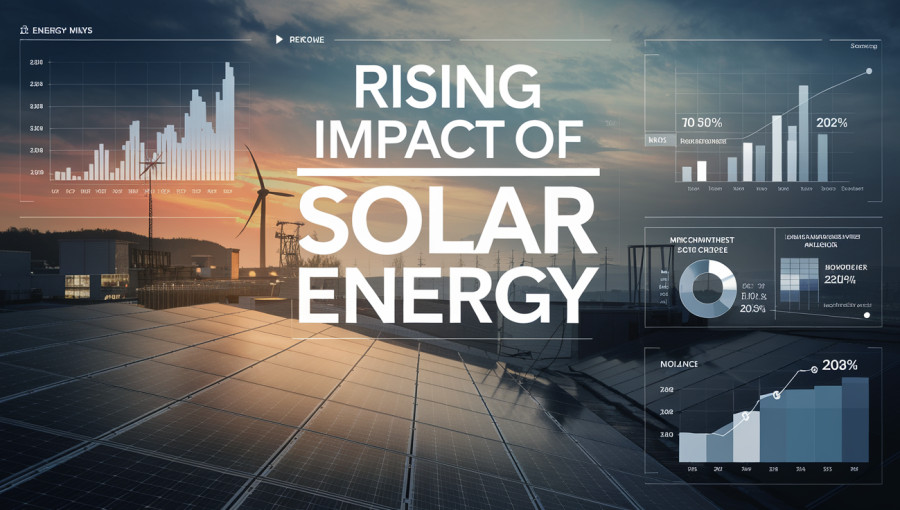The growth of solar energy in the United States is set to surpass wind power by 2025 and leave coal significantly behind shortly thereafter. Recent data from the Federal Energy Regulatory Commission (FERC) reveals that solar energy accounted for 16 gigawatts (GW) of the 21.5 GW added to the electric generation capacity through July 2025, while coal remains the second highest contributor. As the energy landscape evolves, projections suggest solar will soon become the nation’s second-largest source of electricity, greatly diminishing coal’s share.
The renewable energy sector is experiencing a notable shift, with both solar and wind contributing equally around 12% each to the overall energy mix. As of July 2025, natural gas still dominates with a 42% share, totaling 567 GW, followed closely by coal at 198 GW and wind at 158 GW. The developments in solar energy are especially pronounced, with a total of 16 GW added year-to-date in comparison to 15.7 GW during the same period in 2024. Meanwhile, the wind sector has seen an increase of 3.2 GW, and natural gas has also ramped up, contributing an additional 2.2 GW.
Looking forward, FERC predicts no new coal capacity to be added by 2028, while 63 coal plants are expected to be phased out, which will lower coal’s capacity to about 173 GW. In contrast, solar is projected to grow substantially, with an anticipated 92.6 GW of new capacity expected to come online by mid-2028, allowing it to reach a total of around 250 GW. Recent data showed that solar projects in July alone produced 1,181 megawatts (MW) from 46 large installations.
Concerns from utility companies are mounting as solar power gains traction, particularly regarding net energy metering (NEM) compensation adjustments. The rise of more than 50 GW of rooftop solar systems is already creating a significant impact, producing electricity that homeowners typically consume privately, thus complicating the utilities’ management of energy contributions. While the debate over capacity versus energy generation continues, the overall trajectory indicates a strong future for solar energy.

